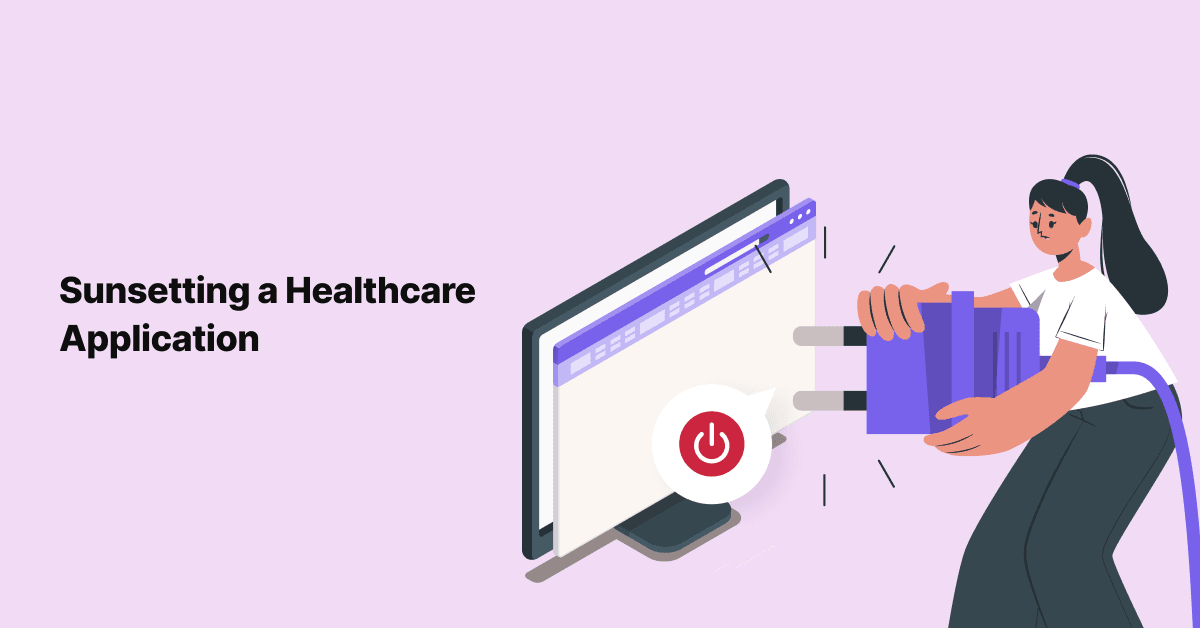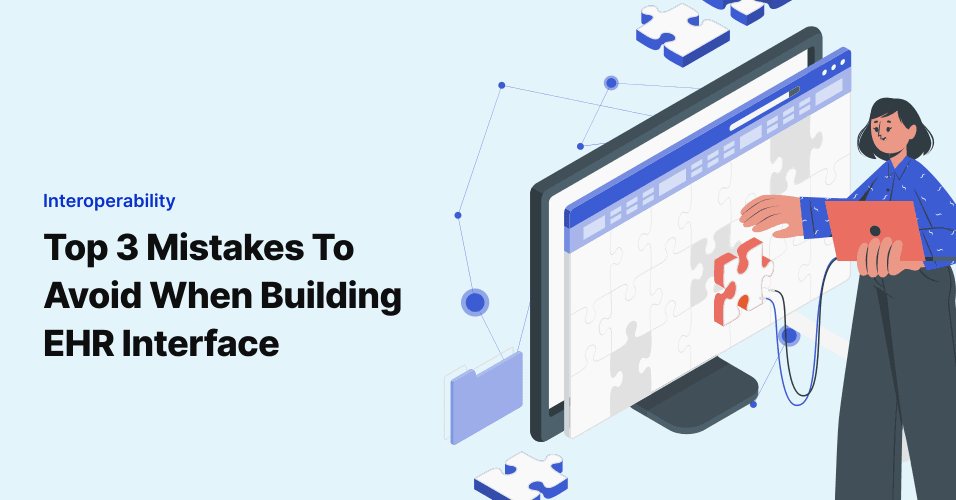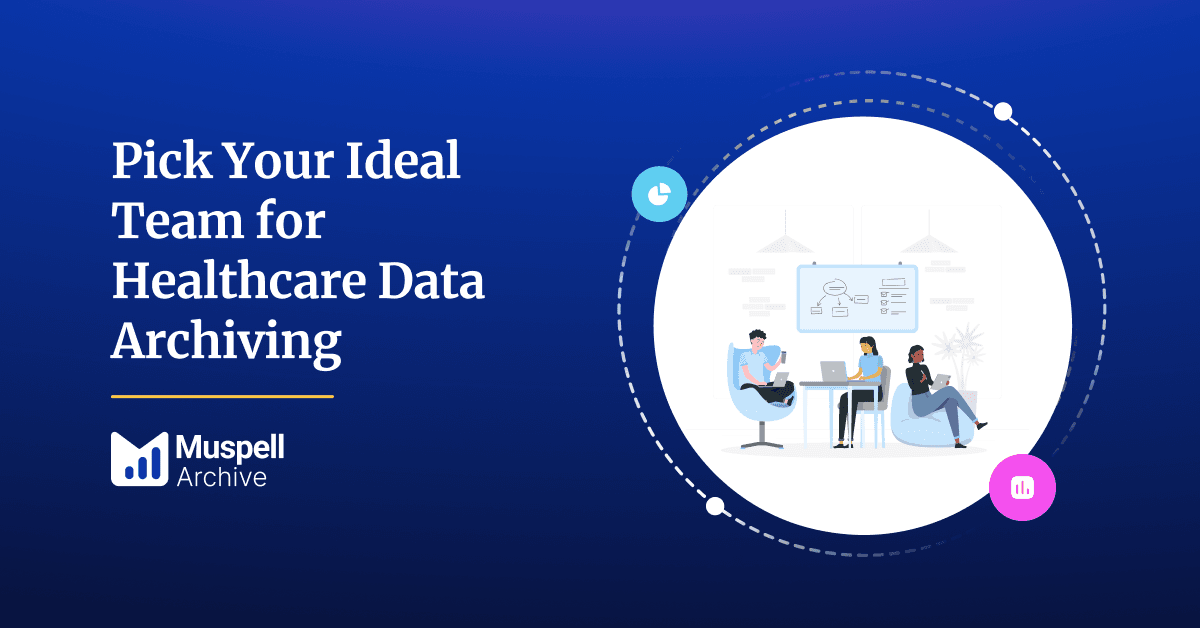
What to Do When Its Time to Sunset Your Healthcare Application
The rapid growth of healthcare has caused the need for efficient management of data and applications to grow …

Master Patient Indexes (MPIs) are the bedrock of patient data management. MPI systems, and the Medical Record Numbers (MRNs) found within them, offer a unified approach to organizing and accessing crucial medical information.
MPIs function as centralized repositories, furnishing healthcare providers with a cohesive view of patient data across disparate systems within the healthcare organization. The primary purpose of an MPI is to provide a single, authoritative source for patient identification, and create a unique patient identifier that can be used consistently across all systems within that specific healthcare network.
MRNs are as unique as a patient's fingerprint within the healthcare organization, unlike sometimes names or even dates of birth. They serve as the linchpin connecting individuals to their comprehensive medical history, ensuring that every diagnosis, treatment, and encounter completed at the organization is accurately attributed to the right patient.
The proliferation of diverse EHR applications has introduced a problem: the fragmentation of MRNs. Inconsistent MRN generation across different platforms can lead to duplications, errors, and discrepancies in patient records within the same organization. This poses significant risks to patient safety and data integrity.
A healthcare data archival solution helps mitigate the challenges of maintaining legacy EHR applications, which can lead to multiple patient entries within the organization. healthcare data archival solutions are significantly more ‘intelligent,’ allowing disparate MRNs from different legacy systems to be linked under one central MPI number, ensuring that care teams are always able to locate the correct information for the patient being treated.Coupled with seamless EHR integration and effortless navigation, healthcare data archival solutions offer better security and effortless access to centralized legacy patient health information on demand.
Muspell Archive is a FHIR-native healthcare data archival solution designed to address prevalent problems associated with legacy EHR maintenance. It's a perfect fit for expanding healthcare institutions and those managing numerous outdated EHR platforms, enabling efficient legacy data management.
The bespoke healthcare solution comes loaded with features:
Effortless Navigation: Muspell Archive operates within the EHR system and as a stand-alone instance, giving users flexibility. Its intuitive User Interface (UI) facilitates effortless navigation during patient data retrieval. It provides search features that efficiently locate patients using first name, last name, SSN, birth date, EHR MRN, and legacy MRNs.
Unique Identifier System: With Muspell Archive, clinicians can easily manage patient MRNs across multiple legacy systems and avoid duplications and inconsistencies. Its advanced search capabilities allow users to quickly find the right patient information, fostering faster decision-making and improved patient outcomes.
Comprehensive Clinical and Financial Data Screens: Muspell Archive facilitates HIM and care teams in effortlessly accessing patient financial data, including accounts, claims, coverage, and more. This significantly decreases healthcare facilities' reliance on legacy EHR applications.
Data Filtering: Users can effectively organize legacy patient health data based on dates, encounters, treatment codes, and more using the advanced search and filtering features of the healthcare data archival solution. Muspell Archive's robust data filtering capabilities greatly simplify the management of legacy healthcare data from multiple sources.
Data Searching: Muspell Archive enables users to search content across a patient using medical terms. It displays all the documents and tests associated with that keyword giving users granular control over the information search.
Document Management: Muspell Archive enables users to seamlessly manage and view various document types, including PDFs, TIFFs, JPEGs, PNGs, and HTML files. With Muspell Archive, patient document management becomes a breeze, facilitating efficient collaboration and decision-making among HIM professionals and care teams.
Visual Data Representation: Muspell Archive’s visual data representation features enable clinicians and doctors to get the right care context. It leverages intuitive graphs and tables to depict data from lab reports and vital signs, fostering deeper insights, informed decision-making, and care continuity.
Order Information: Care teams can access detailed information on medications, labs, imaging, and procedures from multiple sources using Muspell Archive. Such enhanced visibility from legacy data truly empowers healthcare providers with actionable insights at the right time without needing to depend on legacy EHR applications.
Muspell Archive provides secure and convenient access to legacy health information at almost a 50% savings compared to competitors, while . prioritizing patient-centricity, streamlined navigation, and comprehensive data access.
Muspell Archive is designed to empower healthcare organizations across the USA to unlock the full potential of their legacy patient data, while adhering to strict statutory laws, paving the way for enhanced care coordination, informed decision-making, and improved patient outcomes.
Learn more about Muspell Archive
Join over 3,200 subscribers and keep up-to-date with the latest innovations & best practices in Healthcare IT.

The rapid growth of healthcare has caused the need for efficient management of data and applications to grow …

One of the key benefits to hospitals for investing in a robust EHR like Epic is to not only cultivate their …

Initiating a healthcare data archival project requires thorough planning and the strategic formation of a …